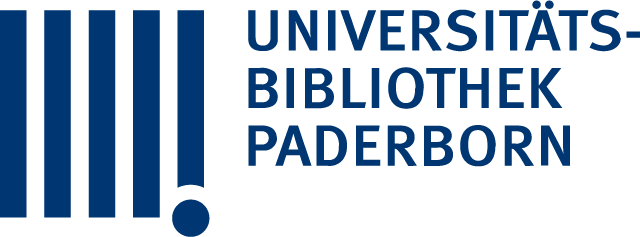Bankautomaten gehören heute so selbstverständlich zu unserem Stadtbild wie Tankstellen zu unserem Straßennetz. Trotz ihrer großen Kundenakzeptanz und ihrer weiten Verbreitung gibt es auch hier noch Optimierungspotenzial. In dieser Arbeit wird die Entwurfsmethodik für mechatronische Systeme bei Analyse und Optimierung des Vereinzelungsvorgangs in einem Bankautomaten angewendet und für diese Aufgabe angepasst. Ein Schwerpunkt liegt auf der Einbindung der oft schwierigen Modellvalidierung in den Modellbildungsprozess. Damit einhergehend werden einige praktische Vorgehensschritte zur Findung einer adäquaten Modellierungstiefe vorgeschlagen. Im Zuge der Analyse und der Optimierung des Vereinzelungsvorgangs werden Modelle des Vereinzelungsmoduls in drei unterschiedlichen Modellierungstiefen eingesetzt: ein 3D-FE-Modell, ein 2D-MKS-Modell und ein stark idealisiertes 1D-Simulink-Modell. Identifikation und Validierung der Simulationsmodelle erfolgen mittels der Messergebnisse vom eigens dafür entwickelten automatisierten Walzenprüfstand. Das Ergebnis der modellbasierten Analyse und Optimierung ist ein neuartiges hierarchisches Regelungskonzept. Auf unterlagerter Ebene reduziert eine Abzugswalzenregelung den mechanischen Verschleiß der Geldnoten während der Vereinzelung signifikant - ohne Abstriche bei der Funktionssicherheit. Auf übergeordneter Ebene sorgt ein iterativ lernendes Regelungskonzept für eine automatische Anpassung der Walzenandruckkräfte in Abhängigkeit von den Reibungsverhältnissen zwischen den Banknoten.
Titelaufnahme
- TitelModellbasierte Analyse und regelungstechnische Maßnahmen zur Optimierung des Vereinzelungsvorgangs in Bankautomaten
- Autor
- Prüfer
- Erschienen
- HochschulschriftPaderborn, Univ., Diss., 2014
- AnmerkungTag der Verteidigung: 08.07.2014
- Verteidigung2014-07-08
- SpracheDeutsch
- DokumenttypDissertation
- URN
- Social MediaShare
- Nachweis
- IIIF
Automated teller machines (ATM) belong to today's townscape as naturally as petrol stations belong to our road network. Despite large customer acceptance and wide dissemination, they still offer potential for optimization. In this thesis, the design methodology for mechatronic systems is adapted and applied to the analysis and optimization of the separation process inside an ATM. The integration of the often challenging model validation into the model-building process is emphasized. Along with this, practical steps of an approach to finding an adequate modeling depth are recommended. In the course of optimizing the banknote separation process, models in three different modeling depths are utilized: a 3-D FE model, a 2-D MBS model, and a highly idealized 1-D Simulink model. Identification and validation of the simulation models are achieved by means of measurement results fielded by specially developed automated roll-test bench. The outcome of the model-based analysis and optimization is a novel hierarchical control concept. At an underlying level, a draw-off roll control reduces the mechanical wear of the banknotes during the separation process significantly - without compromising functional safety. At a superordinate level, an iterative learning control concept ensures an automatic adjustment of the roller-pressing forces depending on the friction conditions between the banknotes.
- Das PDF-Dokument wurde 61 mal heruntergeladen.

